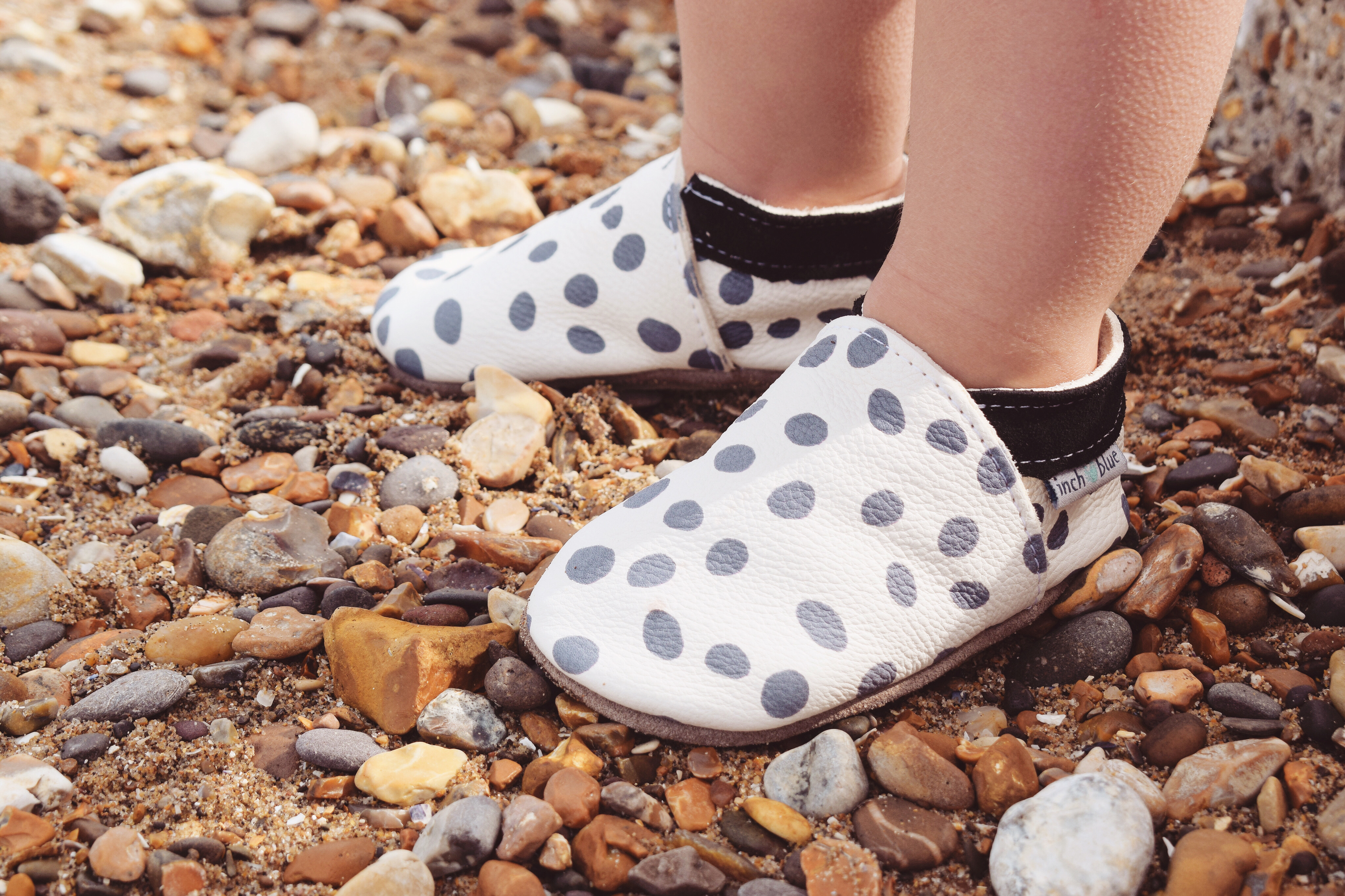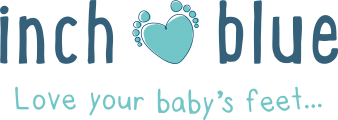Benefits of Barefoot Shoes for Kids

If you’re hearing about them for the first time, you might be surprised that “barefoot shoes” are a real thing! While the name might sound a little contradictory, these wide, flexible-soled shoes have many benefits when it comes to healthy foot development.
So, what are the benefits of wearing barefoot shoes, and are they worth it? This guide tells you everything you need to know: what barefoot shoes are, how they can aid your child’s development and tips on making the transition. Read on to learn more about the health benefits of barefoot shoes.
What are barefoot shoes?
Barefoot shoes are anatomically shaped shoes that mimic the benefits of barefoot walking, all while keeping babies’ and children’s feet snug and safe.
Unlike traditional shoes, barefoot shoes have thin and flexible soles that allow for natural, unimpeded movement and increased sensory feedback – very helpful for little ones learning how to balance.
One of the key benefits of wearing barefoot shoes is that they have a wider toe box, too, which gives the toes plenty of space to spread and provide better grip on the ground. Toes aren’t supposed to be squashed together. If yours do, it’s because you wore shoes that were too tight as a child!
One key difference is that barefoot shoes don’t provide arch support. This might sound like a bad thing, but it allows the feet to develop into a natural shape without interference. No arch support also means that your baby’s muscles, ligaments, and bones grow stronger.
What are the health benefits of barefoot shoes?
The main benefit of barefoot shoes is that they help support your child’s natural development. They do this by:
- Supporting the muscles, bones, and ligaments: Your child’s legs and feet are growing all the time. Wearing stiff shoes with narrow toe boxes can hamper this development and potentially lead to problems with posture or gait. Barefoot shoes help your baby or young child learn to walk in a more natural way, strengthening their muscles and allowing their feet space to grow.
- Aiding balance and coordination: When your little one stands in normal thick-soled shoes, they don’t get much sensory feedback. As a result, their foot, ankle, and leg muscles struggle to make the tiny micro-adjustments that help them stay upright. A barefoot shoe lets them feel the floor as they would naturally, improving their balance and coordination.
- Protecting the feet: Your little one is bound to pick up a few bumps and bruises while they explore the world. Wearing barefoot shoes is a great way to stop them from getting stubbed toes, scrapes, and scratches on their feet while allowing the same natural movement as wearing no shoes at all.
By providing a balance of protection and flexibility, barefoot shoes let babies and toddlers explore the world in a way that supports healthy development, reducing the chance of future foot problems caused by shoes that are too tight.
How to transition to barefoot shoes
If you’re shopping for your baby’s first shoes, the good news is that they won’t need any special transition period to get them used to barefoot shoes – the whole point is that they mimic the experience of walking barefoot. But if your little one is already used to wearing traditional shoes, they might need a bit of time to get used to the feeling. Here are a few tips on how to make the change.
1. Start slow
Introduce barefoot shoes gradually. Let your child wear them for short bursts to help them get used to the new feel without the expectation of doing much standing or walking. Around 10 to 15 minutes should do the trick. Start at home, ideally during playtime, so that they can explore in a safe and familiar environment.
2. Mix and match
Feel free to switch between barefoot shoes and your child’s usual footwear during the transition. This can help ease any apprehension they may have about wearing something new, which can often be the case with younger children.
3. Increase wear time
As your child becomes more comfortable, gradually increase the time they wear their barefoot shoes. Try wearing them during active moments, like trips to the park or family outings.
It can also help to explore different surfaces like grass, sand, and even gravel. Walking on various textures helps strengthen your child’s feet and can be an exciting sensory experience. One of the main benefits of barefoot shoes is that they have thinner soles. It’s a wonderful way to encourage natural movement while having a blast outdoors!
Why choose Inch Blue barefoot shoes?
At Inch Blue, we’ve been making award-winning barefoot shoes for children since 1999. Our handmade leather shoes are designed to mimic the benefits of barefoot walking, helping your child’s feet to develop naturally.
Choose from pre-walker shoes, toddler shoes, and kids’ shoes for children up to the age of six, all available in a fun range of colours and patterns. Plus, most of our toddler and baby shoes can be personalised and gift-wrapped to make them extra special! Take a look at our full range of Inch Blue shoes today.
